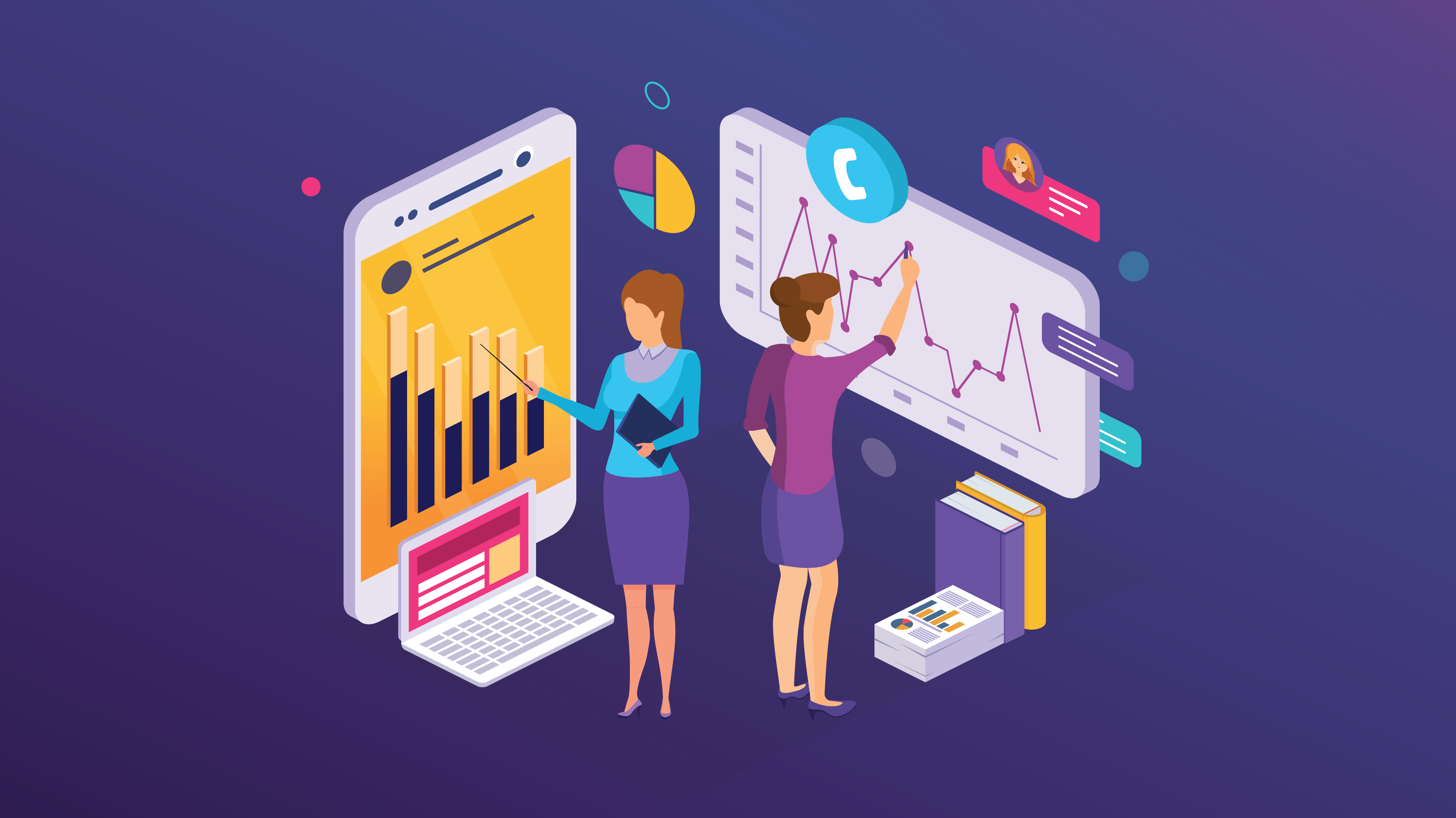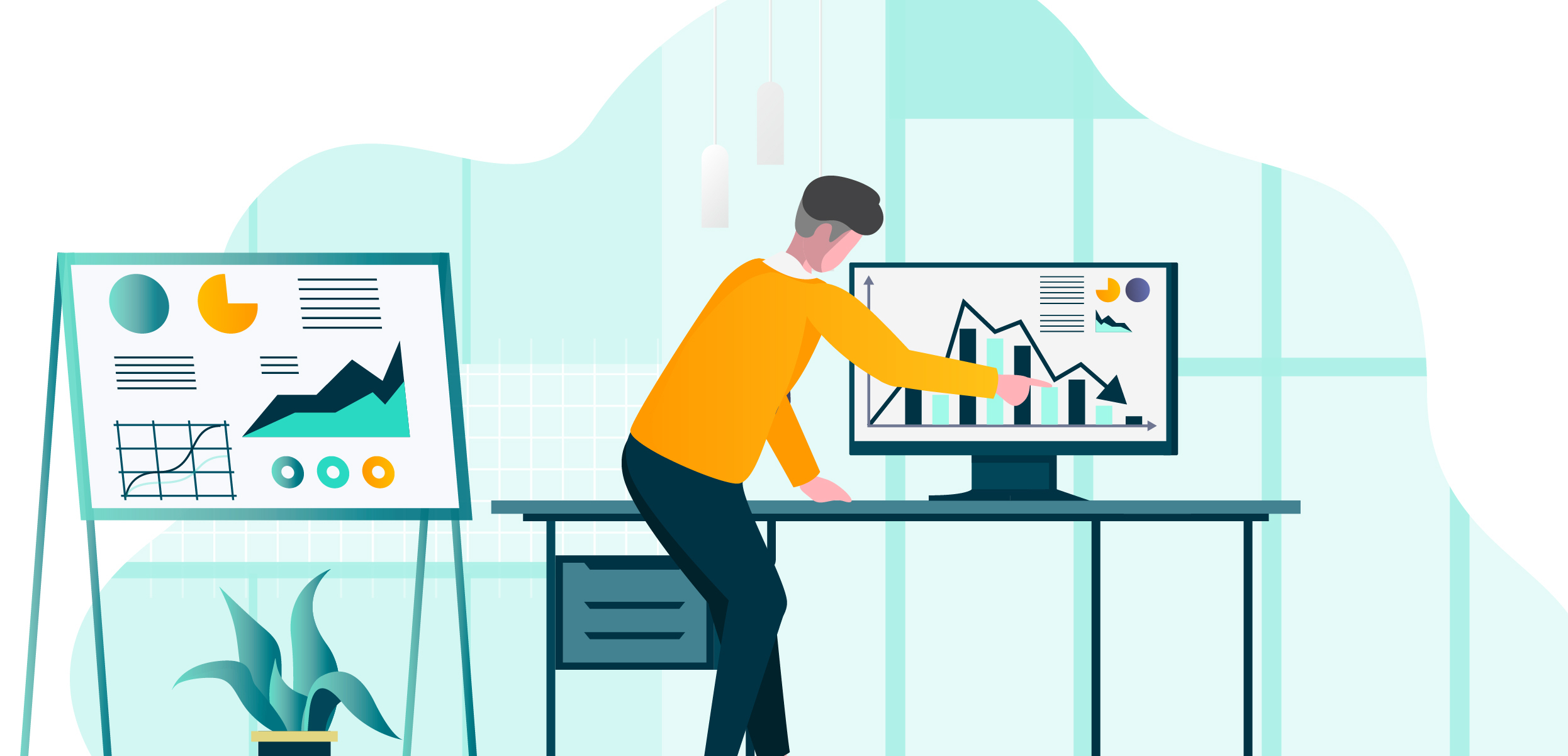Demand Forecasting & Planning
Demand forecasting is the process of making estimations about future customer demand over a defined period, using historical data and other information.
Proper demand forecasting gives businesses valuable information about their potential in their current market and other markets, so that managers can make informed decisions about pricing, business growth strategies, and market potential.
Without demand forecasting, businesses risk making poor decisions about their products and target markets – and ill-informed decisions can have far-reaching negative effects on inventory holding costs, customer satisfaction, supply chain management, and profitability.
Why is demand forecasting important?
There are a number of reasons why demand forecasting is an important process for businesses:
- Sales forecasting helps with business planning, budgeting, and goal setting. Once you have a good understanding of what your future sales could look like, you can begin to develop an informed procurement strategy to make sure your supply matches customer demand.
- It allows businesses to more effectively optimize inventory, increase inventory turnover rates and reduce holding costs.
- It provides an insight into upcoming cash flow, meaning businesses can more accurately budget to pay suppliers and other operational costs, and invest in the growth of the business.
- Through sales forecasting, you can also identify and rectify any kinks in the sales pipeline ahead of time to ensure your business performance remains robust throughout the entire period. When it comes to inventory management, most eCommerce business owners know all too well that too little or too much inventory can be detrimental to operations.
- Anticipating demand means knowing when to increase staff and other resources to keep operations running smoothly during peak periods.
Types of Demand Forecasting
Qualitative forecasting
Qualitative forecasting techniques are used when there isn’t a lot of data available to work with, such as for a relatively new business or when a product is introduced to the market. In this instance, other information such as expert opinions, market research, and comparative analyses are used to form quantitative estimates about demand.
This approach is often used in areas like technology, where new products may be unprecedented, and customer interest is difficult to gauge ahead of time.
Time series analysis
When historical data is available for a product or product line and trends are clear, businesses tend to use the time series analysis approach to demand forecasting. A time series analysis is useful for identifying seasonal fluctuations in demand, cyclical patterns, and key sales trends.
The time series analysis approach is most effectively used by well-established businesses who have several years’ worth of data to work from and relatively stable trend patterns.
Causal models
The causal model is the most sophisticated and complex forecasting tool for businesses because it uses specific information about relationships between variables affecting demand in the market, such as competitors, economic forces, and other socioeconomic factors. As with time series analyses, historical data is key to creating a causal model forecast.
For example, an ice cream business could create a causal model forecast by looking at factors such as their historical sales data, marketing budget, promotional activities, any new ice cream stores in their area, their competitors’ prices, the weather, overall demand for ice cream in their area, and even their local unemployment rate.
IT Researches provides solutions that help you better understand customer buying behaviour and optimize global inventory levels to meet customer demand. We apply customer insight data, segmentation and loyalty information and overlay it with predicted demand and inventory needs. Our demand forecasting solutions integrate with merchandising, supply chain, inventory and replenishment to give you the most accurate real-time information in time to make the most strategic and profitable decisions.
You can achieve the following benefits in less than 30 days:
- Greatly improve reliability in product forecasts and demand plans
- Allow full collaboration between all departments involved in demand planning
- Maintain the right inventory levels by product, customer, and location
- Accurately forecast revenue and perform cost/benefit analysis
- Strengthen new/untested marketing campaigns
- Analyze profitability by channel, product, and geography
- Minimize time-to-benefit by utilizing pre-packaged business templates
IT Researches Demand Forecasting solutions, provides a complete, accurate picture of predicted customer demand as well as promotional and baseline demand. The solutions improve inventory productivity which minimizes capital expenses, reduces operational costs and raises profitability.
- Provides understanding of omni-channel customer buying behavior
- Predicts customer demand, plus promotional and baseline demand
- Enables global inventory optimization
- Integrates with merchandising, supply chain, inventory and replenishment systems
- Minimizes capital expenses, reduces operational costs, raises profitability
History Doesn’t Always Repeat Itself
Traditionally, the demand forecasting process relies heavily on historical order analysis, with the assumption that historical patterns repeat in the future. This approach—while understandable—tends to be driven by necessity, as customers and suppliers rarely have access to market information that could better inform their forecasts. Consequently, each trading partner operates on different information available to them—causing them to develop different views of the forecast.
The net results? Excess inventory and stock out risks for both suppliers and customers; suppliers unprepared for real upsides or downsides in demand; and suppliers at great risk for creating customer dissatisfaction by failing to meet supply expectations.
Implement a Fact-Based Approach to Improving Forecast Quality
IT Researches Demand Forecasting Solutions enables you to forecast by price, so you can analyse how a rate increase or decrease will affect your future demand. The solution leverages robust demand segmentation and classification functionality, enabling you to identify individual product or service demand patterns, as well as isolate historical data from the effects of promotions, seasonality or trends to set optimal pricing.
What are the benefits?
- Improved forecast accuracy
- Optimized inventory or capacity
- Ability to shape demand through optimized pricing
- Increased profitability


